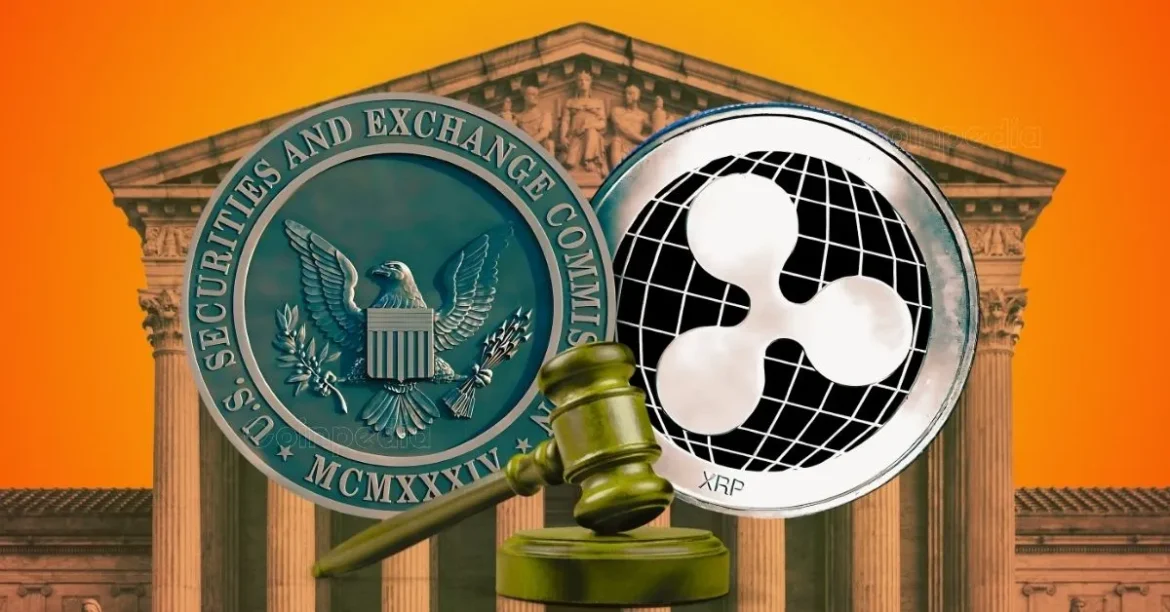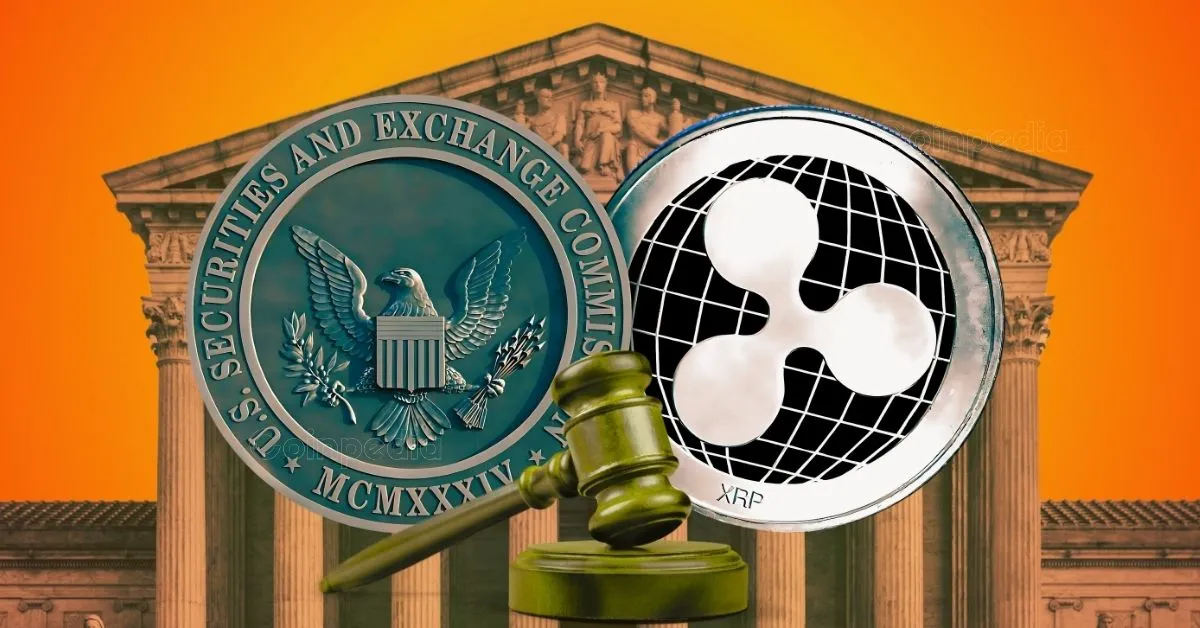The Ripple-SEC Settlement Saga: What the Judge’s Rejection Means for XRP and Crypto Regulation
The Ripple Labs versus U.S. Securities and Exchange Commission (SEC) case has been a defining legal battle in the crypto industry. After nearly five years of litigation, a proposed $50 million settlement was rejected by U.S. District Judge Analisa Torres, sending shockwaves through the market. This unexpected turn has significant implications for XRP, Ripple Labs, and the broader regulatory landscape of cryptocurrencies in the U.S.
The SEC filed its lawsuit against Ripple Labs in December 2020, alleging that the company and its executives conducted an unregistered securities offering by selling XRP tokens to institutional investors. Ripple countered that XRP was not a security and thus not under SEC jurisdiction, setting the stage for a high-stakes legal battle. The case has been closely watched by the crypto industry, as its outcome could set important precedents for how digital assets are regulated.
A pivotal moment came in July 2023 when Judge Torres issued a nuanced ruling. She determined that Ripple’s institutional sales of XRP were indeed securities transactions, but programmatic sales (sales on exchanges to regular users) did not constitute securities offerings. This partial victory for Ripple provided some regulatory clarity but left unresolved the question of penalties for past violations and restrictions on Ripple’s future operations.
Over the next two years, Ripple and the SEC engaged in contentious negotiations over the appropriate fine. The SEC initially sought $1.3 billion, later reducing its demand to $125 million. After extensive discussions, both parties reached a tentative agreement in May 2025: Ripple would pay a $50 million penalty, the injunction barring Ripple from selling XRP to institutions would be lifted, and $75 million in Ripple’s escrow account would be unfrozen. However, this settlement was contingent on Judge Torres’ approval.
On May 16, 2025, Judge Torres rejected the proposed settlement, citing several concerns. She demanded greater transparency from both parties, insisting that they provide evidence demonstrating that the settlement was in the public interest and complied with the law. The judge also noted that the initial submission was procedurally improper and required the parties to refile under Rule 60 of the Federal Rules of Civil Procedure, which governs modifications to judgments and injunctions.
The judge’s decision underscores the importance of ensuring that settlements serve the public interest, not just the private interests of the parties involved. She emphasized that settlements must deter future violations, promote market transparency, and protect investors. The rejection of the Ripple-SEC settlement signals that courts will scrutinize future crypto-related settlements more closely, requiring clear justifications for penalties and sanctions.
The market reacted swiftly to the judge’s rejection. XRP’s price dropped by around 4% in 24 hours, falling from $2.22 to $2.13. Ripple’s market cap also took a hit, retreating to approximately $125.76 billion. The broader altcoin market sentiment soured, as Ripple’s case is seen as a bellwether for how the SEC might treat other crypto projects. Investors fear that prolonged litigation could lead to stricter penalties or renewed regulatory crackdowns, further dampening market confidence.
The Ripple-SEC outcome will have far-reaching implications for the crypto industry. If Ripple ultimately secures a favorable settlement, it could embolden other crypto projects to seek similar agreements with the SEC. Conversely, if the judge imposes stricter penalties or delays resolution, it could prolong regulatory uncertainty, freezing innovation and investment in the crypto space.
The case also highlights the shifting regulatory landscape in Washington. With SEC Chair Paul Atkins taking a more lenient approach compared to his predecessor, the agency appears open to compromise. However, each settlement will now face heightened scrutiny from the judiciary, ensuring that future agreements are fair, compliant, and effective in deterring misconduct.
Despite the setback, Ripple and the SEC remain committed to reaching a resolution. Both parties must now refile their settlement proposal, providing more detailed justifications for the reduced penalty and explaining how the revised sanctions will protect investors and the public. The injunction against Ripple’s institutional sales of XRP remains in place, and the $75 million in escrow remains locked up until further notice.
The Ripple-SEC case is far from over, and its outcome will shape the future of crypto regulation in the U.S. While the judge’s rejection of the settlement has created short-term uncertainty, it may ultimately lead to a more transparent and fair regulatory framework for digital assets. For now, XRP holders and the broader crypto industry are left waiting, watching the next round of legal filings, and hoping for a resolution that balances regulatory oversight with innovation and growth.





